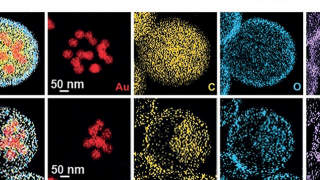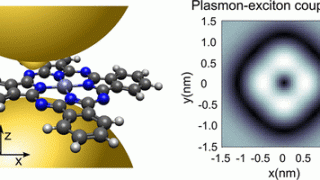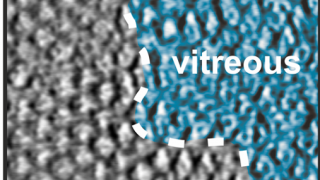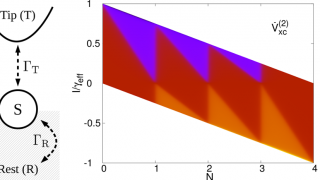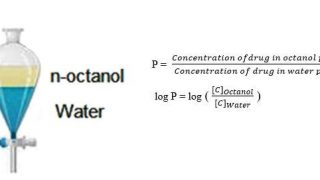
Using machine learning to discover new metallic glasses
Metallic glasses are a unique class of materials whose properties combine some of the irreconcilable properties of both metals and polymers. They consist of a combination of metals which, in the solid state, present an amorphous atomic structure, in contrast to common metal alloys, which present a highly ordered microscopic pattern. This lack of crystalline […]


